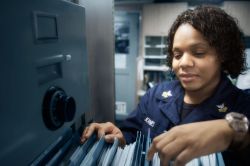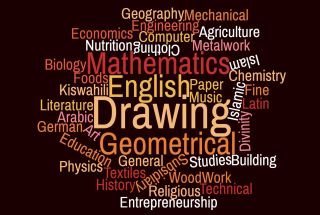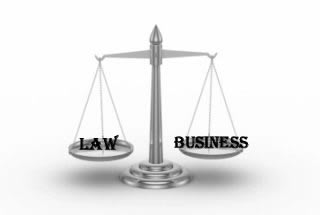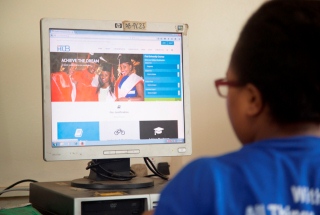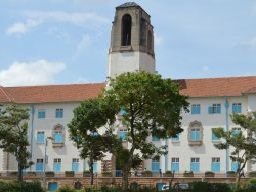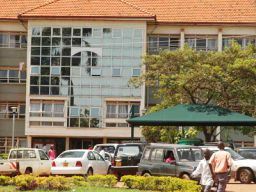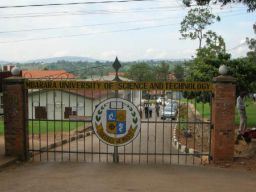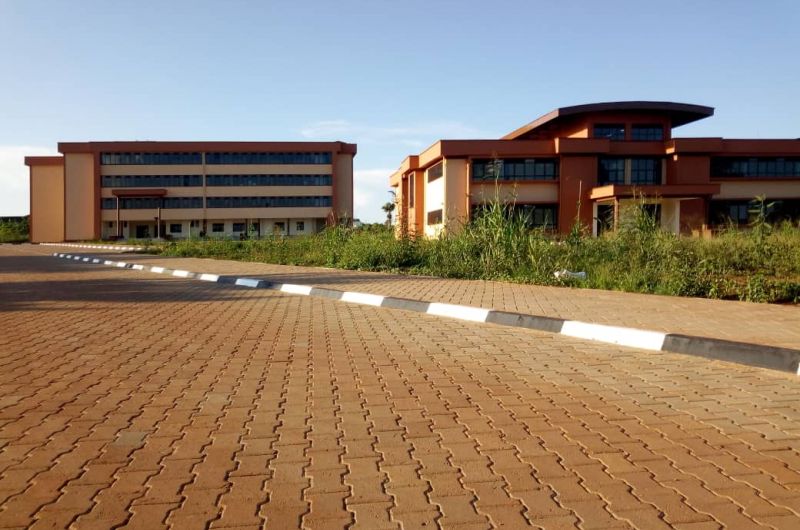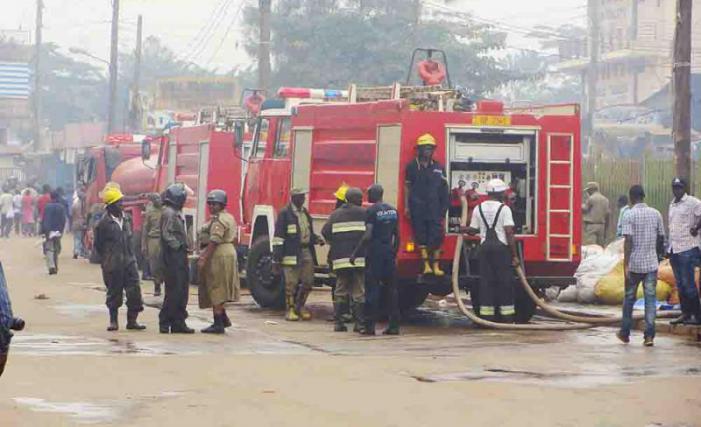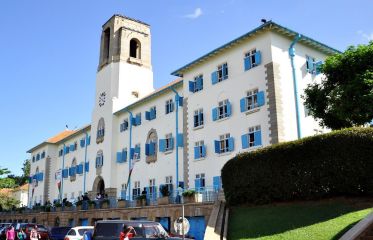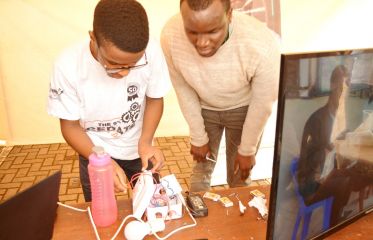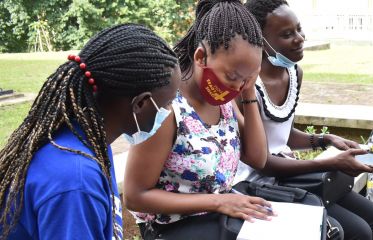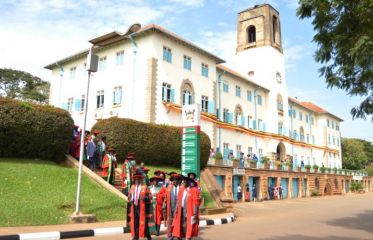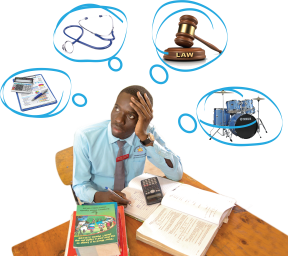Breaking News
- Flexible Remote Work Opportunity for University Students: Earn $100–$250 Per Month ...Read More
- Ministry of Education and Sports Azerbaijan Government Scholarships For 2025-2026 Academic Year ...Read More
- Government Sponsorship Undergraduate Admission Lists 2025-26 for Makerere University ...Read More
- Ministry of Education And Sports: Egyptian Government Scholarships 2025-2026 Academic Year ...Read More
- Ground Breaker Full Scholarship for girls to study Software Engineering 2025 July Intake ...Read More
- Tony Elumelu Foundation Entrepreneurship Programme (TEEP) 2025 for young African Entrepreneurs ...Read More
- DESIGNING FUTURES 2050 International Design Competition 2025 (€15,000 prize) ...Read More
- Ground Breaker Full time Scholarship for girls to study Software Engineering 2025 Intake ...Read More
- Ministry of Education And Sports Algerian Vocational Training Scholarships for 2024-2025 AY ...Read More
- Ministry of Education and Sports Advert for the Algerian Government Scholarships for 2024-2025 ...Read More
Fire fighter
Control and extinguish fires, protect life and property and conduct rescue efforts.
Add to FavouritesControl and extinguish fires, protect life and property and conduct rescue efforts.
Duties
Fire fighters normally undertake the following duties and responsibilities occasionally
1. Rescue victims from burning buildings and accident sites.
2. Search burning buildings to locate fire victims.
3. Administer first aid and cardiopulmonary resuscitation to injured persons.
4. Dress with equipment such as fire-resistant clothing and breathing apparatus.
5. Drive and operate fire fighting vehicles and equipment.
6. Move toward the source of a fire, using knowledge of types of fires, construction design, building materials, and physical layout of properties.
7. Respond to fire alarms and other calls for assistance, such as automobile and industrial accidents.
8. Assess fires and situations and report conditions to superiors to receive instructions, using two-way radios.
9. Position and climb ladders to gain access to upper levels of buildings, or to rescue individuals from burning structures.
10. Create openings in buildings for ventilation or entrance, using axes, chisels, crowbars, electric saws, or core cutters.
11. Lay hose lines and connect them to water supplies.
12. Operate pumps connected to high-pressure hoses.
13. Collaborate with police to respond to accidents, disasters, and arson investigation calls.
14. Take action to contain hazardous chemicals that might catch fire, leak, or spill.
15. Select and attach hose nozzles, depending on fire type, and direct streams of water or chemicals onto fires.
16. Participate in fire drills and demonstrations of fire fighting techniques.
17. Prepare written reports that detail specifics of fire incidents.
18. Participate in physical training activities to maintain a high level of physical fitness.
19. Participate in courses, seminars and conferences, and study fire science literature, to learn firefighting techniques.
20. Inspect fire sites after flames have been extinguished to ensure that there is no further danger.
21. Clean and maintain fire stations and fire fighting equipment and apparatus.
22. Inspect buildings for fire hazards and compliance with fire prevention ordinances, testing and checking smoke alarms and fire suppression equipment as necessary.
23. Inform and educate the public on fire prevention.
24. Protect property from water and smoke, using waterproof salvage covers, smoke ejectors, and deodorants.
25. Establish firelines to prevent unauthorized persons from entering areas near fires.
26. Salvage property by removing broken glass, pumping out water, and ventilating buildings to remove smoke.
27. Spray foam onto runways, extinguish fires, and rescue aircraft crew and passengers in air-crash emergencies.
Key knowledge areas
1. Public Safety and Security — Knowledge of relevant equipment, policies, procedures, and strategies to promote effective local, state, or national security operations for the protection of people, data, property, and institutions.
2. Customer and Personal Service — Knowledge of principles and processes for providing customer and personal services. This includes customer needs assessment, meeting quality standards for services, and evaluation of customer satisfaction.
3. Education and Training — Knowledge of principles and methods for curriculum and training design, teaching and instruction for individuals and groups, and the measurement of training effects.
4. Mechanical — Knowledge of machines and tools, including their designs, uses, repair, and maintenance.
5. Building and Construction — Knowledge of materials, methods, and the tools involved in the construction or repair of houses, buildings, or other structures such as highways and roads.
6. English Language — Knowledge of the structure and content of the English language including the meaning and spelling of words, rules of composition, and grammar.
7. Administration and Management — Knowledge of business and management principles involved in strategic planning, resource allocation, human resources modeling, leadership technique, production methods, and coordination of people and resources.
8. Law and Government — Knowledge of laws, legal codes, court procedures, precedents, government regulations, executive orders, agency rules, and the democratic political process.
9. Transportation — Knowledge of principles and methods for moving people or goods by air, rail, sea, or road, including the relative costs and benefits.
10. Geography — Knowledge of principles and methods for describing the features of land, sea, and air masses, including their physical characteristics, locations, interrelationships, and distribution of plant, animal, and human life.
Skills
Below are some skills that are very vital to excel in this career
1. Active Listening — Giving full attention to what other people are saying, taking time to understand the points being made, asking questions as appropriate, and not interrupting at inappropriate times.
2. Coordination — Adjusting actions in relation to others' actions.
3. Critical Thinking — Using logic and reasoning to identify the strengths and weaknesses of alternative solutions, conclusions or approaches to problems.
4. Operation Monitoring — Watching gauges, dials, or other indicators to make sure a machine is working properly.
5. Monitoring — Monitoring/Assessing performance of yourself, other individuals, or organizations to make improvements or take corrective action.
6. Operation and Control — Controlling operations of equipment or systems.
7. Service Orientation — Actively looking for ways to help people.
8. Instructing — Teaching others how to do something.
9. Judgment and Decision Making — Considering the relative costs and benefits of potential actions to choose the most appropriate one.
10. Speaking — Talking to others to convey information effectively.
11. Learning Strategies — Selecting and using training/instructional methods and procedures appropriate for the situation when learning or teaching new things.
12. Reading Comprehension — Understanding written sentences and paragraphs in work related documents.
13. Social Perceptiveness — Being aware of others' reactions and understanding why they react as they do.
14. Complex Problem Solving — Identifying complex problems and reviewing related information to develop and evaluate options and implement solutions.
15. Active Learning — Understanding the implications of new information for both current and future problem-solving and decision-making.
16. Equipment Maintenance — Performing routine maintenance on equipment and determining when and what kind of maintenance is needed.
17. Time Management — Managing one's own time and the time of others.
18. Troubleshooting — Determining causes of operating errors and deciding what to do about it.
19. Writing — Communicating effectively in writing as appropriate for the needs of the audience.















